29 January, 2026
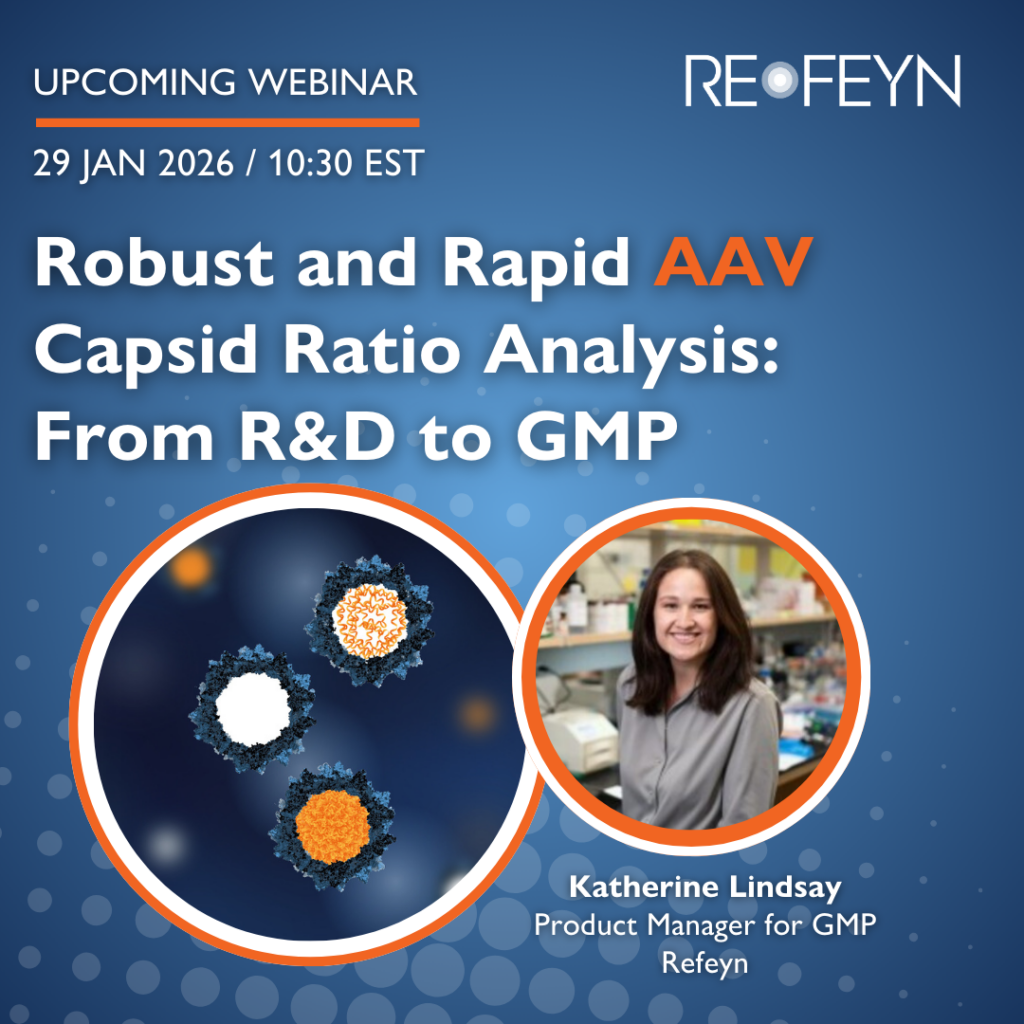
Join us for this webinar to explore practical solutions for one of AAV production’s biggest challenges—quickly and accurately quantifying empty, partially filled, full, and overfull capsids. Traditional methods often fall short, but mass photometry offers a fast, easy-to-use alternative. It measures empty-to-full AAV capsid ratios in minutes, using minimal sample and no sample prep, it can be applied across all stages of development and manufacturing, and it does not require large capital investments or highly skilled operators.
Key Takeaways:
We have hosted a range of webinars, where we discuss applications of mass photometry as well as how to get the best out of our technology. You can watch any of them on this page. To stay updated on upcoming webinars, please check out our events calendar.
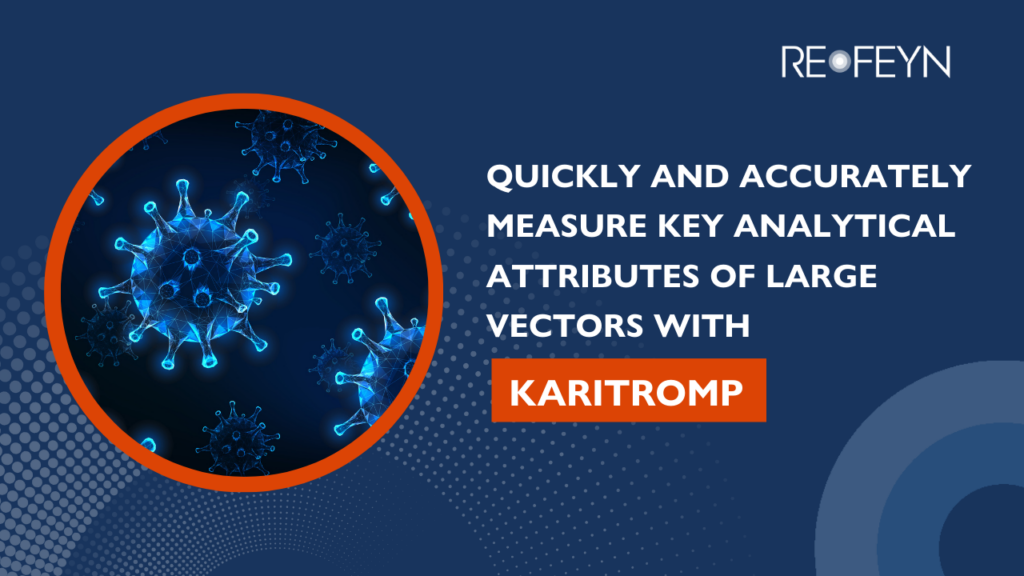
13 minutes

37 minutes
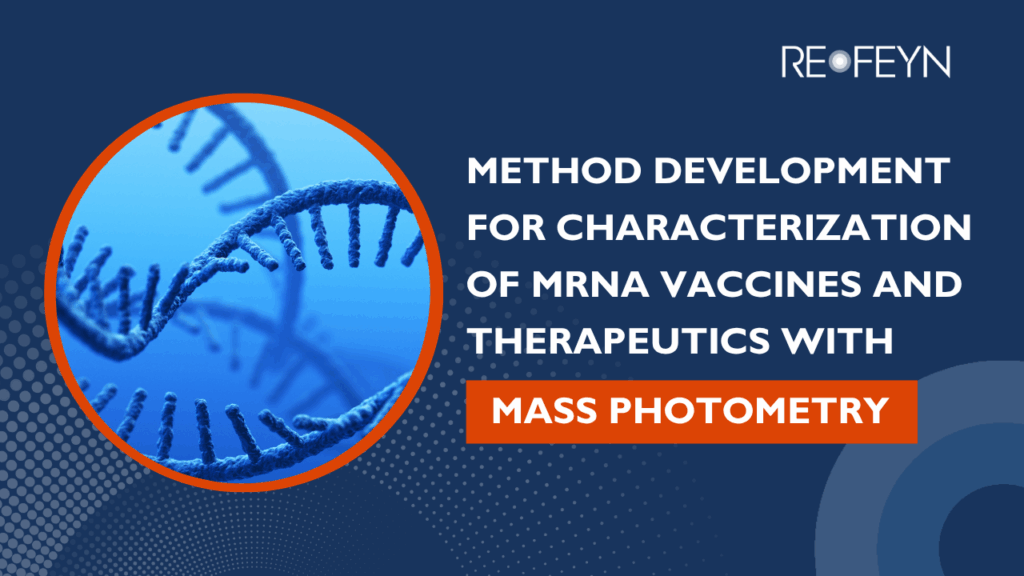
59 minutes
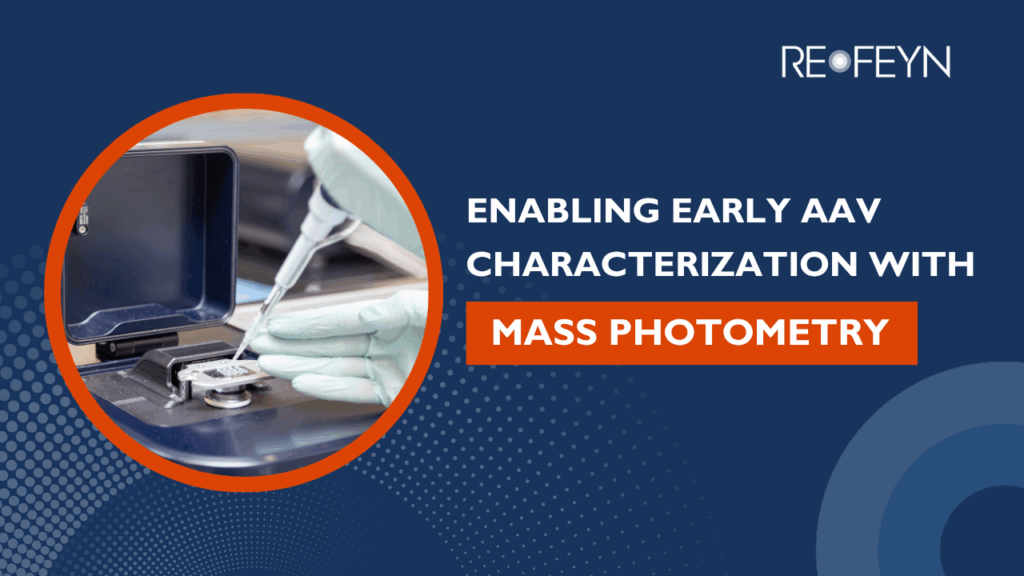
26 minutes
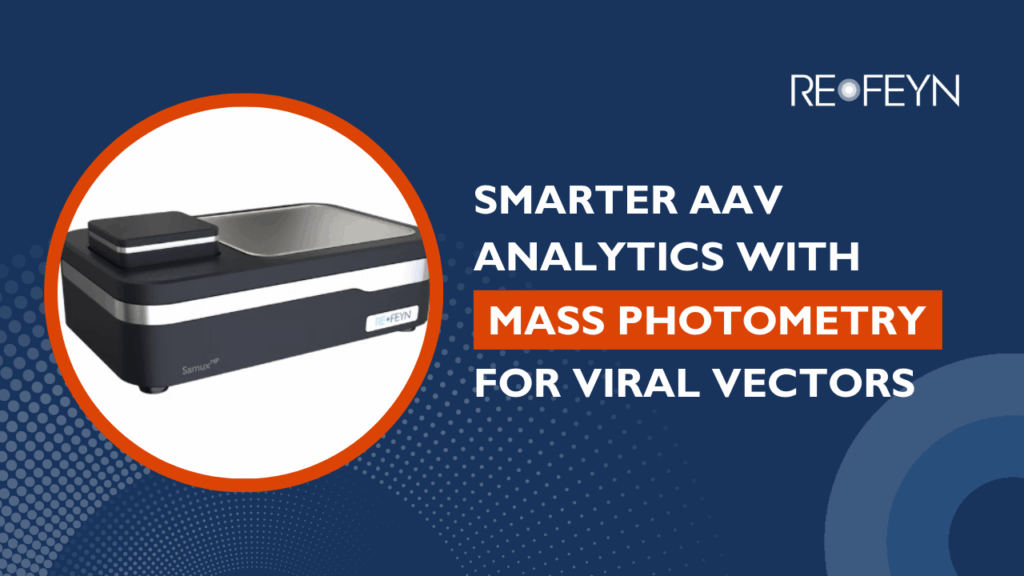
49 minutes
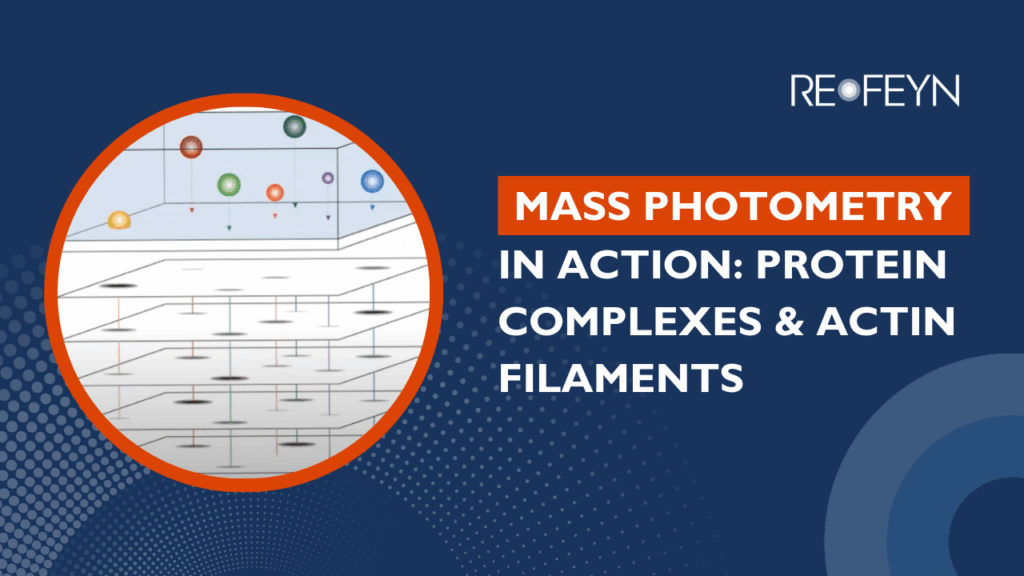
1 hour and 5 minutes
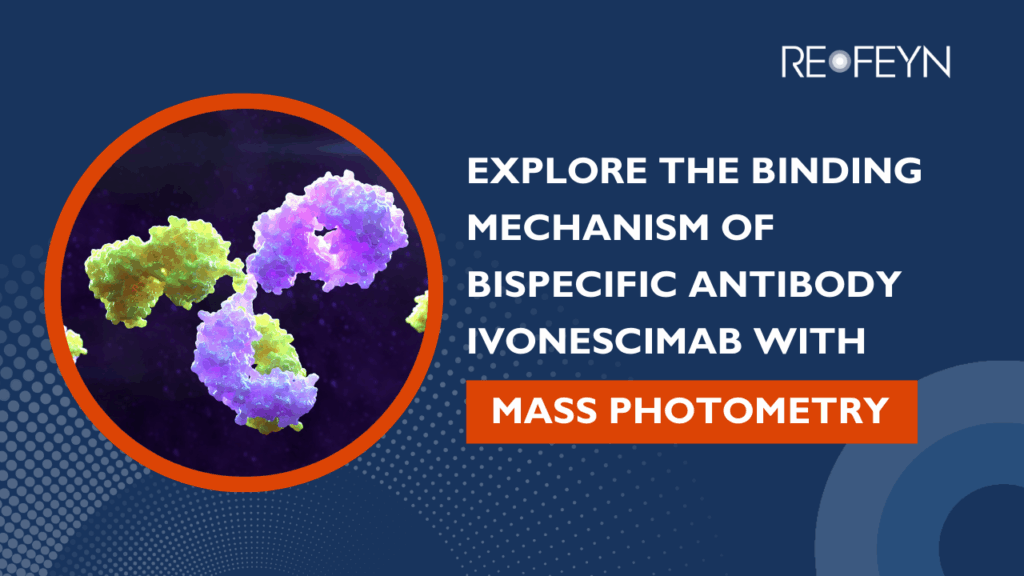
47 minutes
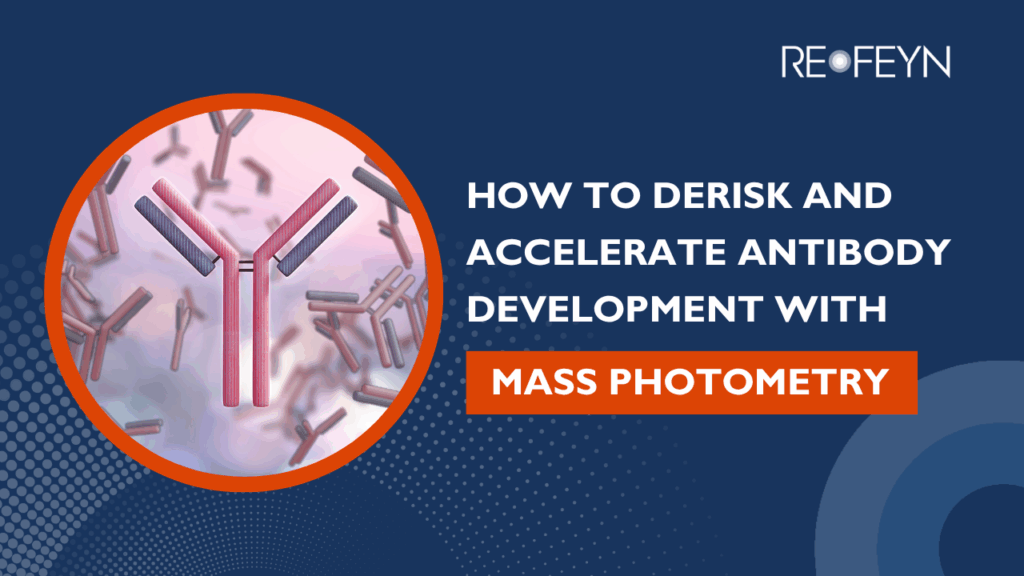
19 minutes
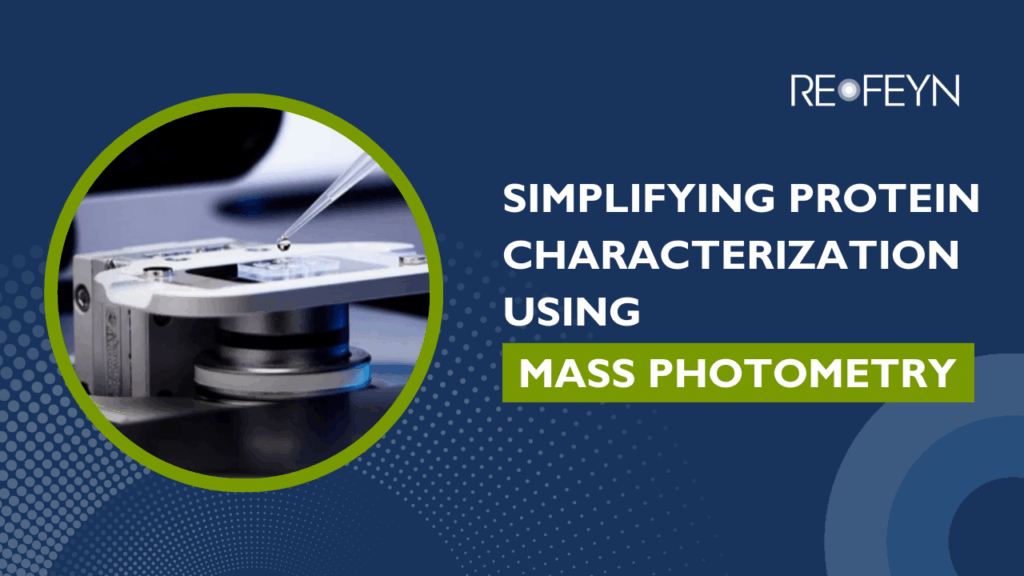
1 hour
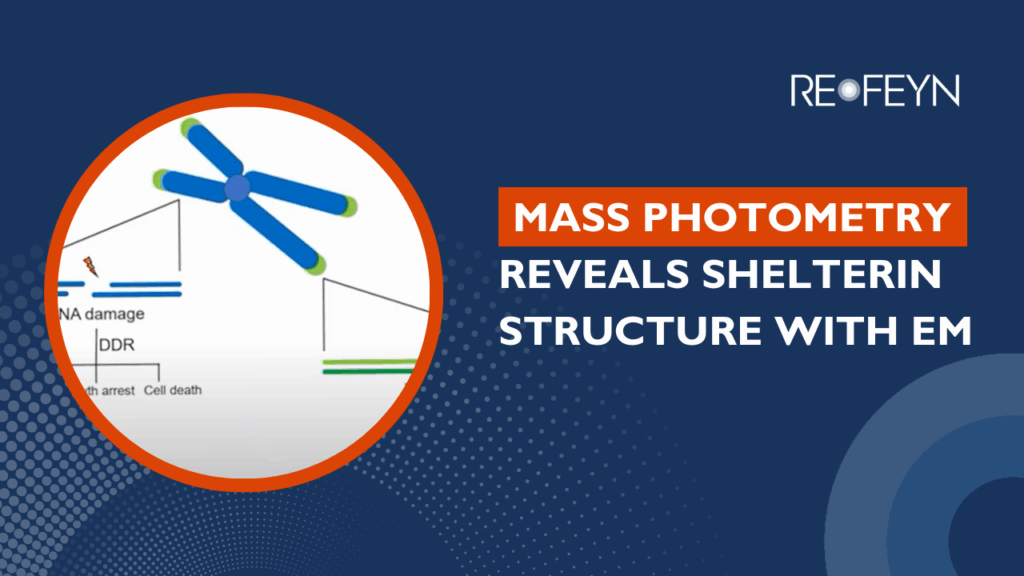
38 minutes
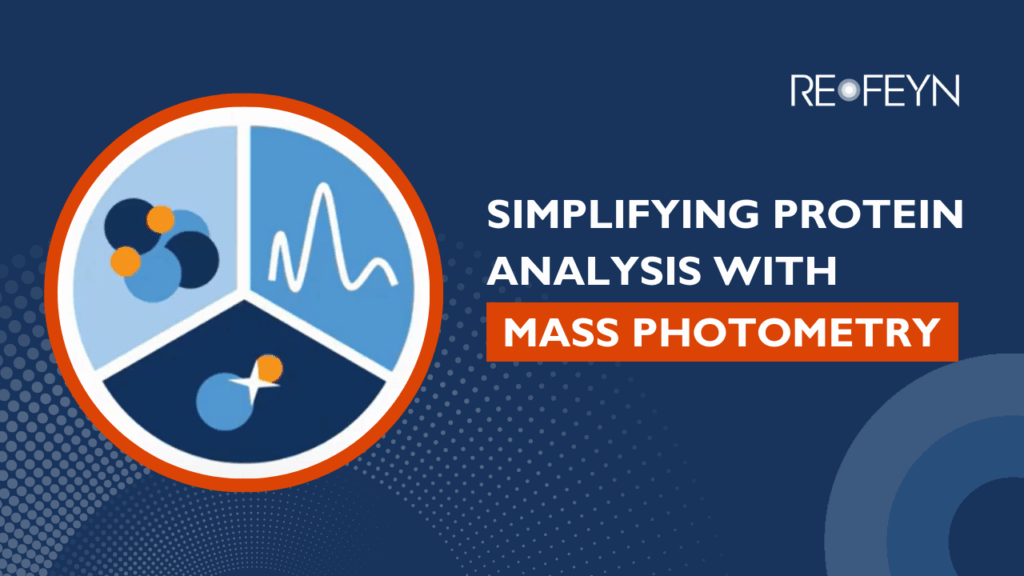
44 minutes

13 minutes

37 minutes
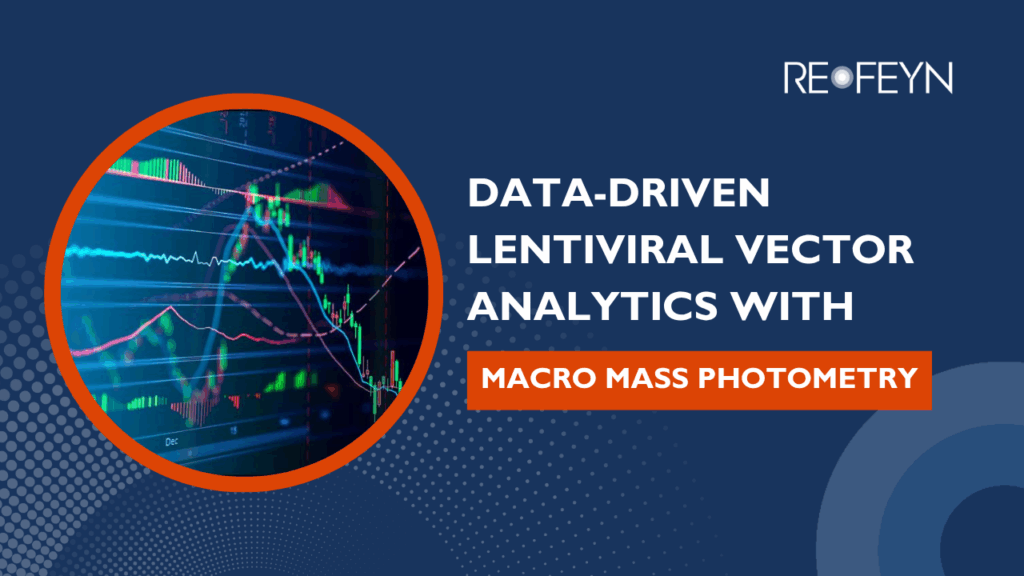
19 minutes
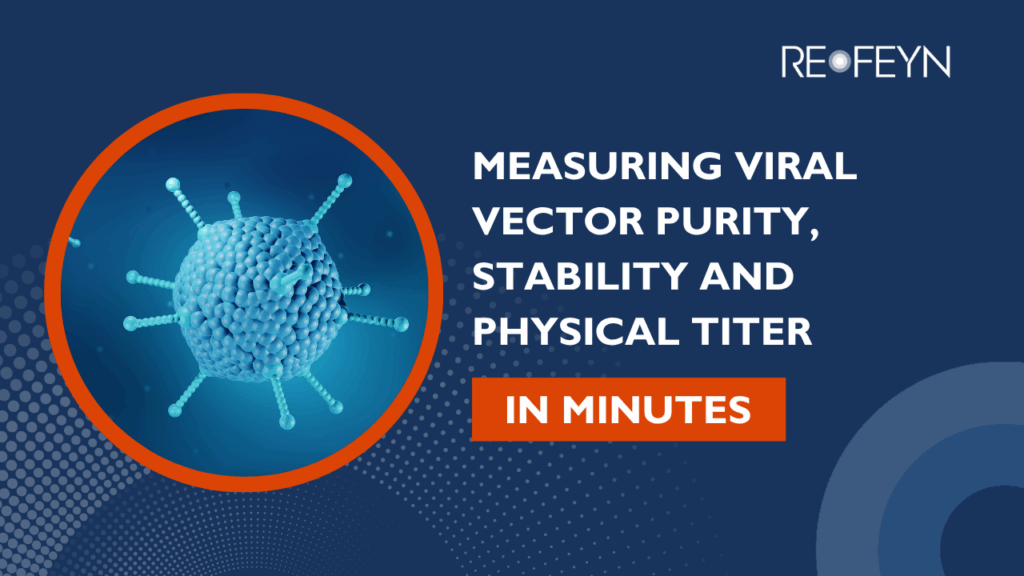
38 minutes
Featured publications
Application Notes
Refeyn Blog
Mass photometry forum